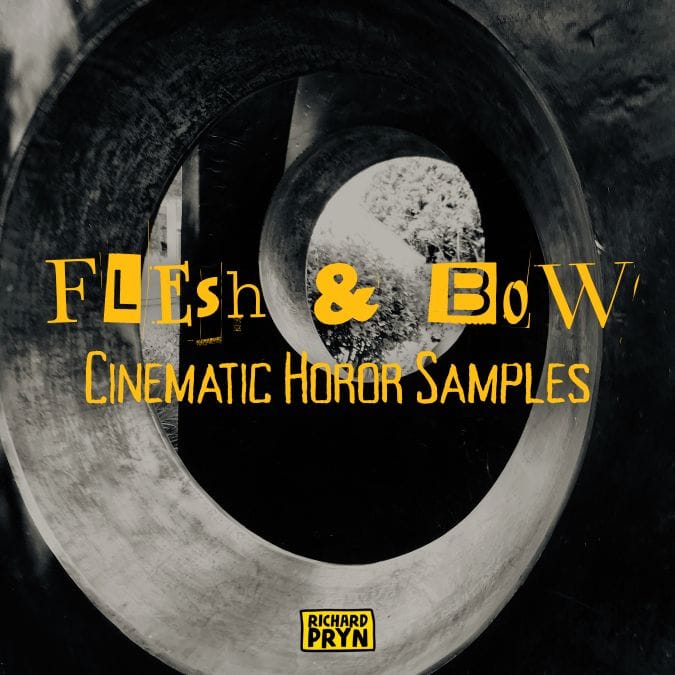The first full-length feature film I scored was a horror film, and most of my favourite movie trailer placements were for horror movies.
I really love writing music for dark and scary films, and over the years of doing it, I have learned what makes great horror music.
And it's not what you think.
It's not just scary sounds.
It comes down to 5 things.
1. Juxtaposition
Making horror music isn't always just about making terrifying noises. Sometimes, the most unsettling horror music kind of sounds quite sweet.
As a composer for horror, you don't have to rely on the clichéd sounds of a minor second to scare the audience. You can create beautiful, layered and interesting compositions.
The reason for this is that most of the tension in horror movies is in the juxtaposition between two or more things.
There's a beautiful juxtaposition in horror music where having dark and light together, the jarring of two things that don't quite fit, creates that tension. And whatever you do that creates that tension, that's the sweet spot.
Want to try it yourself? Take two notes, two instruments, or two timbres. Put them against each other and see what tension you create. It could be two chords or two melodies. This is the quickest and easiest way to create the right amount of tension in horror.
But the juxtaposition doesn't have to be between two sounds. It can actually be between something you hear and something you see.
You could see an ominous scene and hear really sweet music.
Or you could see a completely innocent scene and hear ominous music.
Think of a sweet scene of a children's playground with a dark drone underneath. Or a scene of somebody walking through a dark haunted house, looking terrified, with sweet children's lullabies being heard.
In both cases, that juxtaposition between the two is the thing that creates the tension.
2. Otherworldly Sounds
When you can make your sounds or your music sound "otherworldly", it inevitably makes the audience feel uncomfortable because the music is "weird".
There's something about sounds that feel like they shouldn't exist or don't belong to our normal world that puts people on edge.
A good example of this is a bowed gong - it creates an amazing, eerie sound that is often used in horror music.
3. Broken or Not Quite Right
Sometimes it's about something that just shouldn't be there, or like something is broken. An out-of-tune instrument is a perfect example of that.
These imperfections can be incredibly effective at creating unease.
4. Out of Place or Unexpected
Sometimes it's something unexpected that's going to catch your audience off guard.
The element of surprise plays a huge role in horror music. I talk in detail about how this works in my article on how to make horror music.
This is the musical equivalent of shouting "BOO!".
But it can just be that you are hearing something out of place, like a music box in an abandoned building, for example.
5. Atmosphere
Creating the right atmosphere is essential. Creating tension is a strangely alluring thing to be working on in your music.
You're preparing people for a fright, preparing them for stress, letting them know that something is wrong or something bad is about to happen.
This can be done with a simple drone or pad. Not complicated at all, but enough to get the imagination of the viewer going to dark places.
The Questions I Ask Myself When Writing Horror Music
Whenever I make any horror music, I ask myself:
- Is this bringing some kind of juxtaposition?
- Is this something that is unexpected?
- Does this feel otherworldly?
- Does it sound broken?
- Does it create the right atmosphere?
It doesn't have to be complicated. You don't have to understand what you're doing fully.
But if you ask yourself those questions about your musical choices when writing horror, you won't go far wrong.
Free Horror Sample Pack ⤵️

Flesh & Bow - FREE Horror Sample Pack
Get instant access to haunting drones, bone-chilling scrapes, and powerful impacts—all recorded dry and ready to manipulate into your next horror masterpiece, completely free.

Meet Rich 💁🏻♂️
Richard Pryn has been writing music professionally since 2005. Since then, it has been his mission to share his knowledge and experience to help make writing and producing high-quality music easy and approachable. Each year, he continues to help other composers and producers create music that lights them up 🔥






